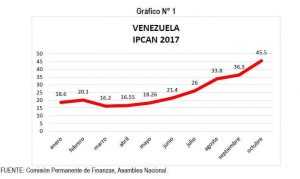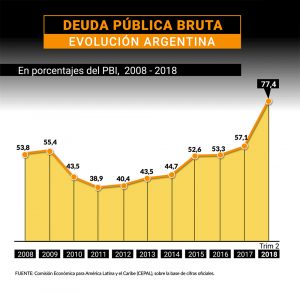The province of Jujuy is located in the extreme northwest of Argentina. It is bounded to the east and south the province of Salta to the north has the border with Bolivia and to the west with Chile.
The Jujuy relief is mountainous and it is conformed by the puna the Andean summits the jujube precipice jump and the subandinas Sierras. The western part of the province of Jujuy forms part of the Puna, an immense plateau that exceeds the Argentine international boundaries and that also occupies parts of Bolivia, Peru and Chile. The center of the anti-plane is crossed by several low sierras, such as incahuasi, copper and cochinoca, among which Salinas depressions are located, such as the large salinas de jama, olaroz and the cauchari salar and lacustrine formations such as lagoons Del Pozuelo, vilama, catal and guayatayoc. Between the precordillerana alignments and the subandine sierras are interspersed deep ravines where it flows in some rivers, like the Great Jujuy by the one of humahuaca and that constitute exceptional routes of passage intramontanos. The hydrographic network of Jujuy is integrated by the rivers of the endorheic basins of the puna and basins of the San Francisco, important tributary of the Bermejo some of the rivers and streams originated by the Andean thaw or local rains that form the lagoons and the Salinas.
The provincial territory has 2 natural spaces for protection and preservation of biodiversity, the national park of Calilegua and the natural monument of the lagoon of Pozuelos, where each year they come to nest and thousands of water birds including flamenco. The climate is cold and arid to the west, which added to the high altitude of the region, determines harsh living conditions for human activity in general. The climate softens as you move eastward, while rainfall is more frequent.
The province of Jujuy is sparsely populated and given the characteristics of its territory presents wide uninhabited areas. Much of the population resides in the capital of the province and the rest is distributed in the valleys conducive to agriculture. The migratory flow towards the most important urban centers of the country and that affect the younger strips of the population of Jujuy, is present a remarkable line of growth.
The main sources of income of the province are agriculture and mining. Agriculture, whose main centers are located in San Pedro and Ciudad de Libertador General San Martin, stands out for the development of industrial crops such as sugarcane and tobacco; Is also important to obtain horticultural products such as citrus, tomatoes, potatoes, beans and peppers. Mining is focused on the extraction of oil, in caimancito; Iron on October 9 and old stall; Tin and silver in the Pirquita mine; Silver, zinc and lead in Aguilars; And salt in the puna.








